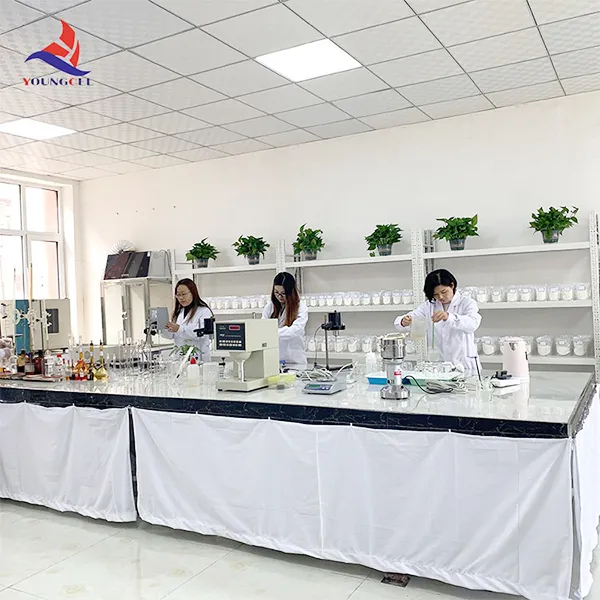The Role of Cellulose Polymer in Modern Applications
Cellulose, a naturally occurring polymer, is the most abundant organic macromolecule on Earth. It is a critical component of plant cell walls, providing structure and rigidity. Composed of linear chains of glucose units linked by β-1,4-glycosidic bonds, cellulose is not only vital for plants but has also found diverse applications in human industries, ranging from textiles to pharmaceuticals.
The Role of Cellulose Polymer in Modern Applications
In addition to textiles, cellulose polymers have gained popularity in the food industry. They are often used as thickeners, stabilizers, and emulsifiers in a variety of products, including sauces, dressings, and dairy items. The unique ability of cellulose to retain water contributes to the texture and mouthfeel of these food products while extending their shelf life. Moreover, cellulose-based food additives have minimal caloric impact, making them a preferred choice for health-conscious consumers.
'cellulose polymer'

The pharmaceutical sector has also embraced cellulose polymer for its versatile properties. Microcrystalline cellulose, for example, is commonly used as an excipient in tablet formulations, serving as a binding agent and aiding in the management of the drug's release profile. Its non-toxic and inert nature makes it a safe choice for diverse medicinal applications. Furthermore, cellulose derivatives such as carboxymethyl cellulose (CMC) are utilized in controlled drug delivery systems, enhancing the efficacy of pharmaceutical compounds by providing a sustained release.
In the field of sustainable materials, researchers are actively exploring cellulose nanofibers, which are derived from the breakdown of natural cellulose fibers into nano-sized structures. These nanofibers exhibit extraordinary mechanical properties, making them suitable for reinforcement in composite materials. Such cellulose-based composites have potential applications in automotive, construction, and packaging industries, delivering strength while minimizing environmental impact.
In response to the urgent need for sustainable materials, innovations utilizing cellulose polymer are advancing rapidly. Researchers are developing biodegradable plastics made from cellulose, which can effectively replace conventional petroleum-based plastics. This shift not only helps reduce plastic pollution but also utilizes renewable resources, showcasing the potential of cellulose as a green alternative in material science.
In conclusion, cellulose polymer stands at the forefront of sustainability and innovation. Its versatility in applications like textiles, food, pharmaceuticals, and biodegradable materials underscores its significance in contemporary society. As we face environmental challenges, the role of cellulose polymer in fostering sustainable development cannot be overstated. With ongoing research and technological advancements, cellulose is poised to play an even more prominent role in shaping a greener future.
-
The Application and Significance of Construction RdpNewsMay.19,2025
-
Industrial Grade HpmcNewsMay.19,2025
-
Building Coating Adhesive Building Coating Adhesive HpmcNewsMay.19,2025
-
Application Of Hpmc For Detergent For Detergent In DetergentsNewsMay.19,2025
-
Application Of Hpmc Cellulose In Cement-Based MaterialsNewsMay.19,2025
-
Application Of High Quality Hpmc For Construction In The Field Of ConstructionNewsMay.19,2025




